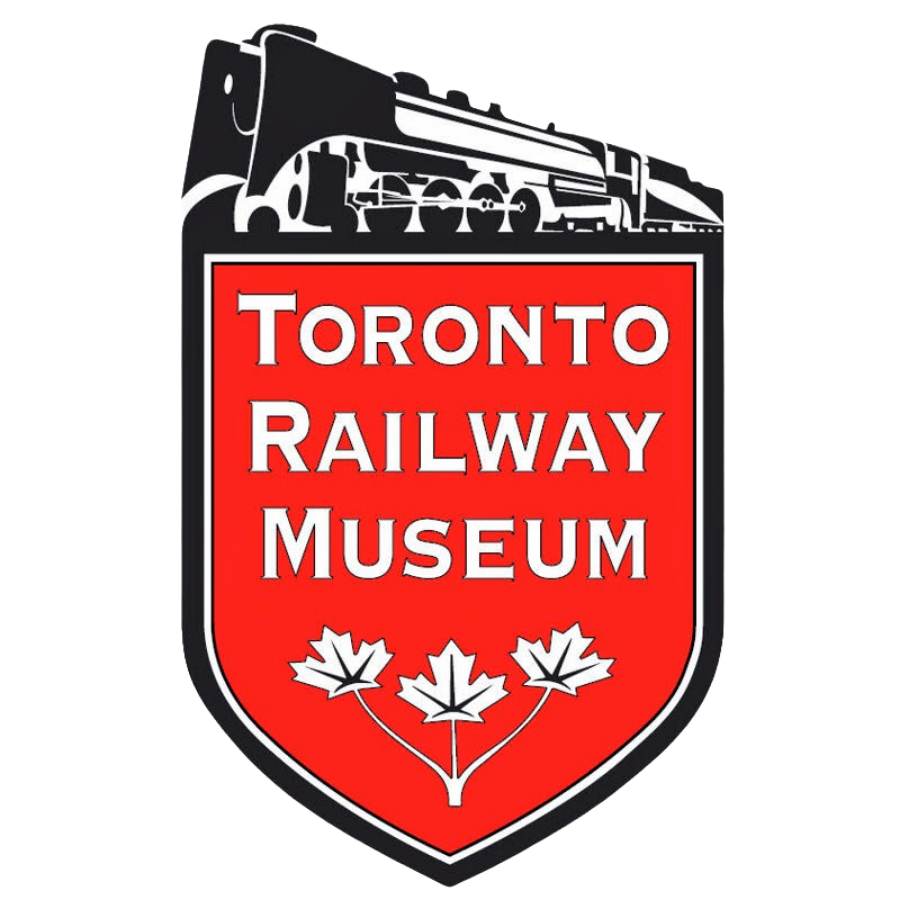A Brief History of Moguls
Click on the Picture for a Closer Look!
Photo by Sean Lamb from the Wikipaedia Public Commons as found here.
.
Our decision to purchase a model of a narrow gauge 2-6-0 Mogul steam locomotive for our miniature railway in Roundhouse Park has encouraged Derek Boles, our Historian on the TRHA to offer the following from his research into the history of railways and especially Canadian Railways:
.
“The 2-6-0 first appeared about 1852, about the same time that the railway era began in Toronto, although they were not seen here for some years after. This classification of locomotive was also known as a Mogul. There is no agreement on how that name was arrived at, most likely a prototype that was given the moniker sometime in the 1860’s or 1870’s and the name stuck.
.
The wheel arrangement was developed as a more powerful alternative to the 4-4-0’s then ubiquitous on most railroads in Canada and the U.S. It was first used as a heavy freight locomotive, but was soon superseded by the 2-8-0’s or Consolidations, whereupon the Moguls were relegated to branch line service.
.
The Mogul was a very popular engine with the Grand Trunk Railway (GTR). Photographs of two early GTR Moguls are shown here and here. Photographs of later GTR Moguls can be found here and here.
.
Most of the GTR Moguls were inherited by the Canadian National (CN). CN had 469 Moguls, more than any other North American railroad. The engines saw frequent service in southern Ontario, particularly on light passenger, freight and mixed trains.
.
Some CN Moguls survived until the end of steam in 1959 and eight of them were preserved, including three in Ontario, one at Exporail and four in the U.S.A. A 1910 ex-CN/GT Mogul continues to operate at the Strasburg Railroad in Pennsylvania. A photograph of this locomotive is shown above.The Moguls were less popular with Canadian Pacific (CP) , who acquired only 47 of them, the last of which was scrapped in 1954. Photos of some of these CP Moguls can be found here and here.”
.
Story by Derek Boles, TRHA Historian
Photo by Sean Lamb from the Wikipaedia Public Commons as found here.
.
Our decision to purchase a model of a narrow gauge 2-6-0 Mogul steam locomotive for our miniature railway in Roundhouse Park has encouraged Derek Boles, our Historian on the TRHA to offer the following from his research into the history of railways and especially Canadian Railways:
.
“The 2-6-0 first appeared about 1852, about the same time that the railway era began in Toronto, although they were not seen here for some years after. This classification of locomotive was also known as a Mogul. There is no agreement on how that name was arrived at, most likely a prototype that was given the moniker sometime in the 1860’s or 1870’s and the name stuck.
.
The wheel arrangement was developed as a more powerful alternative to the 4-4-0’s then ubiquitous on most railroads in Canada and the U.S. It was first used as a heavy freight locomotive, but was soon superseded by the 2-8-0’s or Consolidations, whereupon the Moguls were relegated to branch line service.
.
The Mogul was a very popular engine with the Grand Trunk Railway (GTR). Photographs of two early GTR Moguls are shown here and here. Photographs of later GTR Moguls can be found here and here.
.
Most of the GTR Moguls were inherited by the Canadian National (CN). CN had 469 Moguls, more than any other North American railroad. The engines saw frequent service in southern Ontario, particularly on light passenger, freight and mixed trains.
.
Some CN Moguls survived until the end of steam in 1959 and eight of them were preserved, including three in Ontario, one at Exporail and four in the U.S.A. A 1910 ex-CN/GT Mogul continues to operate at the Strasburg Railroad in Pennsylvania. A photograph of this locomotive is shown above.The Moguls were less popular with Canadian Pacific (CP) , who acquired only 47 of them, the last of which was scrapped in 1954. Photos of some of these CP Moguls can be found here and here.”
.
Story by Derek Boles, TRHA Historian
http://www.trha.ca


